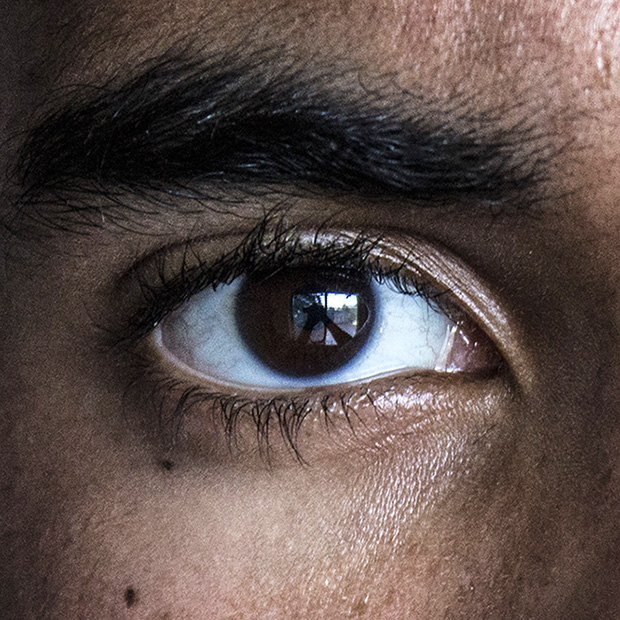Eye Conditions
Below are brief descriptions of the various eye conditions we commonly see and treat at Charleston Eye in Charleston.
There are many different types of eye conditions that could be affecting your eyesight or could have long-term consequences if not treated properly or promptly. We list some of the more common conditions below. If you think you or someone in your family has one of these conditions, please contact Charleston Eye in Charleston for an exam and recommendations.
Charleston Eye has the experience and equipment necessary to diagnose and often treat the eye conditions detailed above at our office in Charleston. For more information please schedule an appointment with your eye care provider, and we will be in touch with you shortly.
Lazy eye, medically known as amblyopia, is a loss or lack of development of vision, usually in one eye. This degenerative process usually begins with an inherited condition and appears during infancy or early childhood. Amblyopia needs to be diagnosed between birth and early school age since it is during this period that the brain “chooses” its visual pathway and may ignore the weaker eye permanently. Amblyopia is not always easy to recognize since a child with worse vision in one eye does not necessarily have the condition. Because of this, it is recommended that all children, including those with no symptoms, have a comprehensive eye examination by the age of three and sooner if there is a family history of any eye condition or disease. If you suspect a problem, or need to set up your child’s first eye examination, contact Charleston Eye to set up an appointment.
Blepharitis is a general term for an inflammation of the eyelid and eyelashes that often leads to Meibomian Gland Dysfunction (MGD) and Dry Eye Syndrome. MGD results in decreased function of the oil glands on the top and bottom eyelids. It is among the most common and stubborn eye conditions usually resulting from poor eyelid hygiene, a low-grade bacterial infection (usually staphylococcal), an allergic reaction and/or abnormalities in oil gland function. Like some other skin conditions, blepharitis can be controlled but not cured. The main goals in treating it are to reduce the amount of bacteria along the lid margin and open plugged glands. Contact Charleston Eye to assess the severity of your problem and the best treatment method.
A cataract is a clouding of the eye’s normally clear lens, which leads to a progressive blurring or dimming of vision. It is the world’s leading cause of blindness and among the most common conditions related to aging – by age 65, you have a 50 percent chance of developing a cataract, and, by age 75, it jumps to 70 percent. A cataract starts out small and initially has little or no effect on vision. As the cataract progresses, it becomes harder to read and perform other normal tasks. In the early stages, your doctor may recommend stronger eyeglasses and adjusting your lighting to reduce glare. When cataracts disrupt your daily life, your doctor may recommend cataract-removal surgery, which is one of the most frequent and successful procedures done in the U.S.
Computer Vision Syndrome is characterized by eye fatigue, eye strain, headaches and blurry vision when working in front of a computer screen. The symptoms are typically due to prolonged screen time, dry eyes, eye muscle coordination and poorly corrected vision.
Since computer monitors are typically 20 to 26 inches from your eyes, your regular glasses may not be the best option for computer work. This distance range is considered intermediate – closer than what you use to drive a car but farther away than what you use to read. Special lens designs for computer work provide you with a larger intermediate area for viewing the computer and your immediate work area like the top of your desk. Charleston Eye can help you determine if these special lenses are appropriate for you.
Dry eye syndrome refers to a breakdown in the quantity or quality of tears to moisten, cleanse and protect the eyes. This is significant because, with each blink, tears protect the surface of the eye, washing away dust and microorganisms. When this protective coating dries up, the eyes may feel “gritty” or burn and can be more sensitive to light. In extreme cases, vision can be blurred. If you suspect that you have dry eye, see your eye doctor. Proper care will not only increase your comfort – it will protect your eyes. Your eye care provider can perform a series of tests to determine if you have dry eyes.










